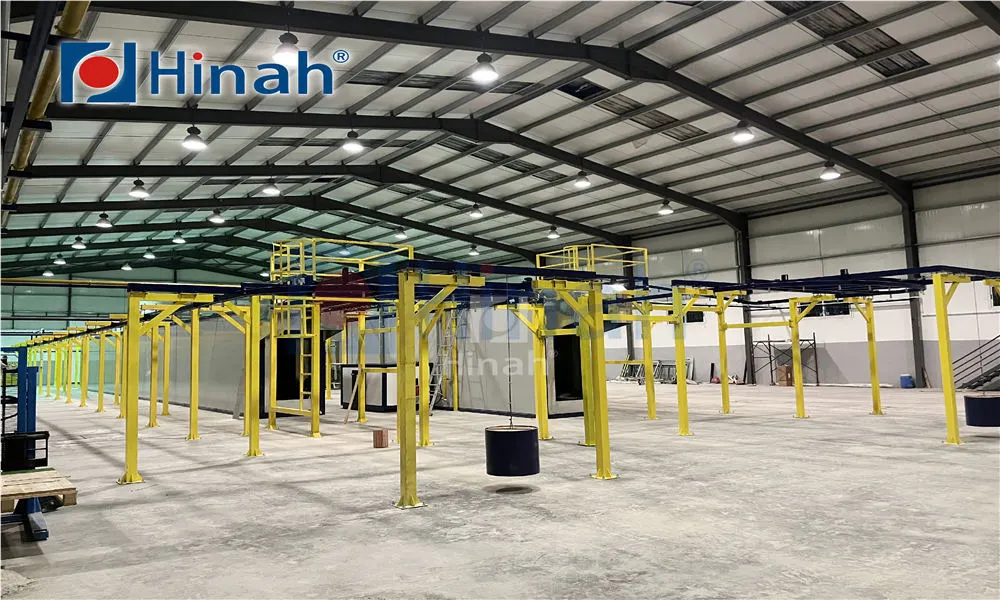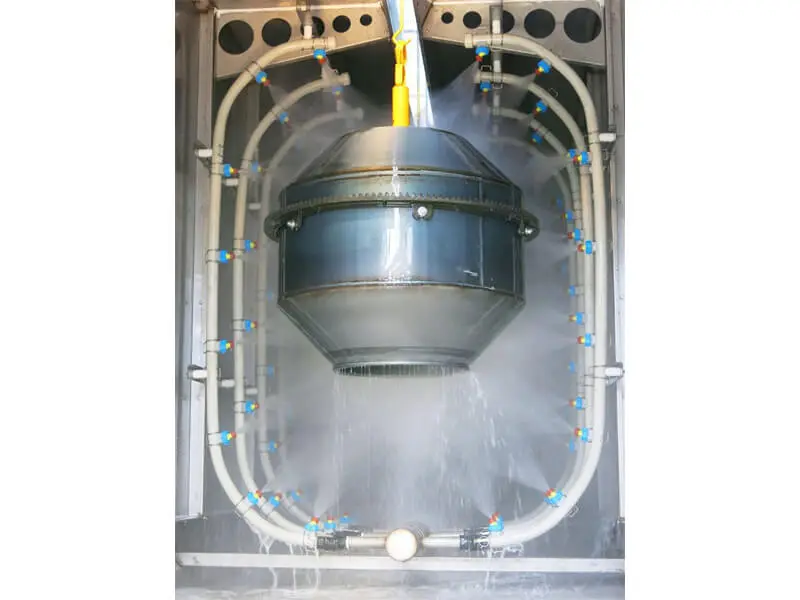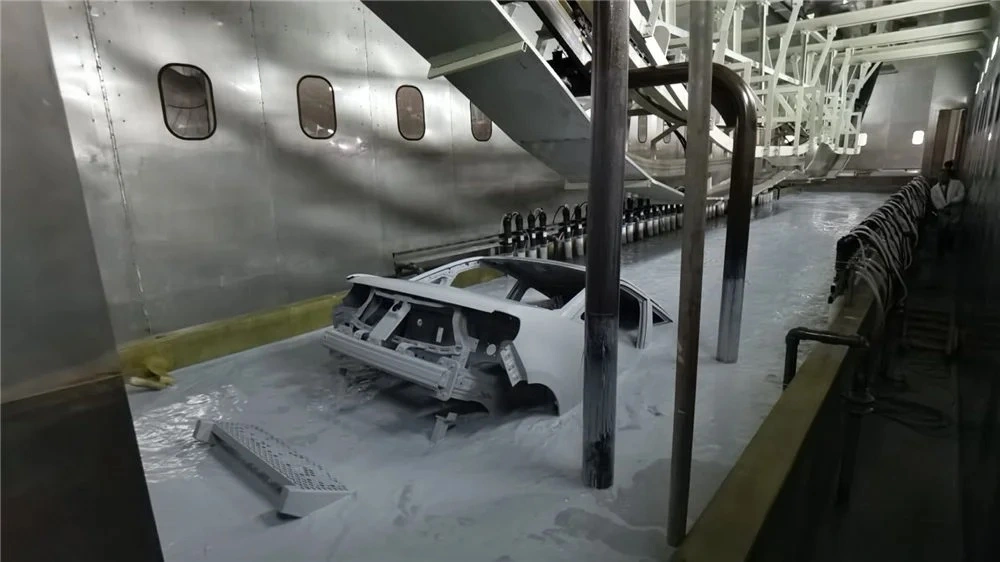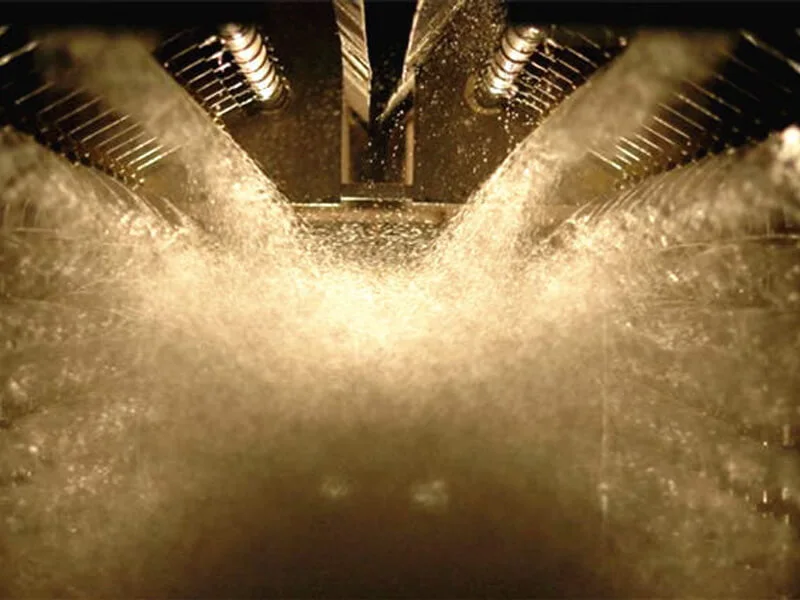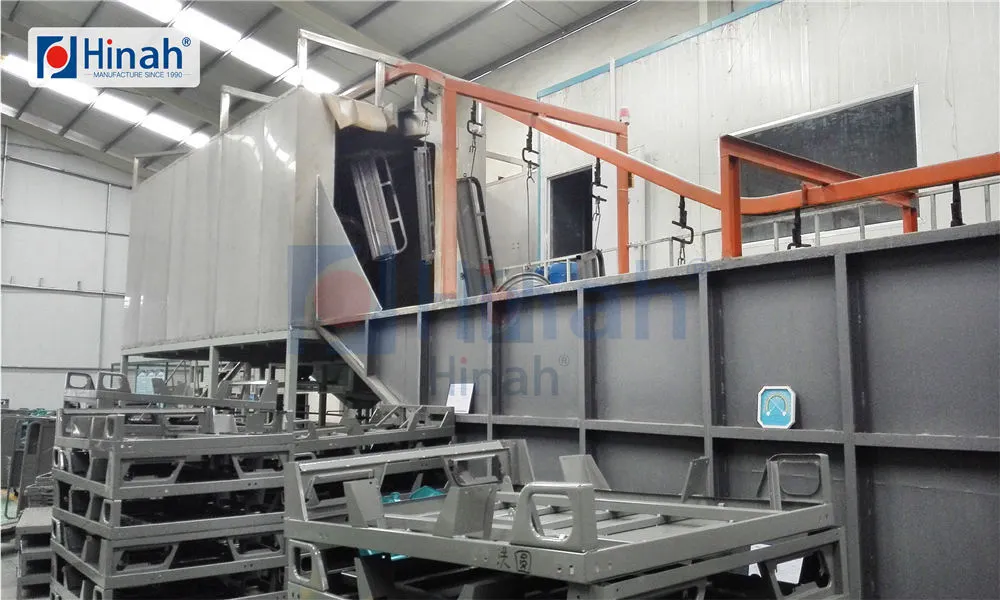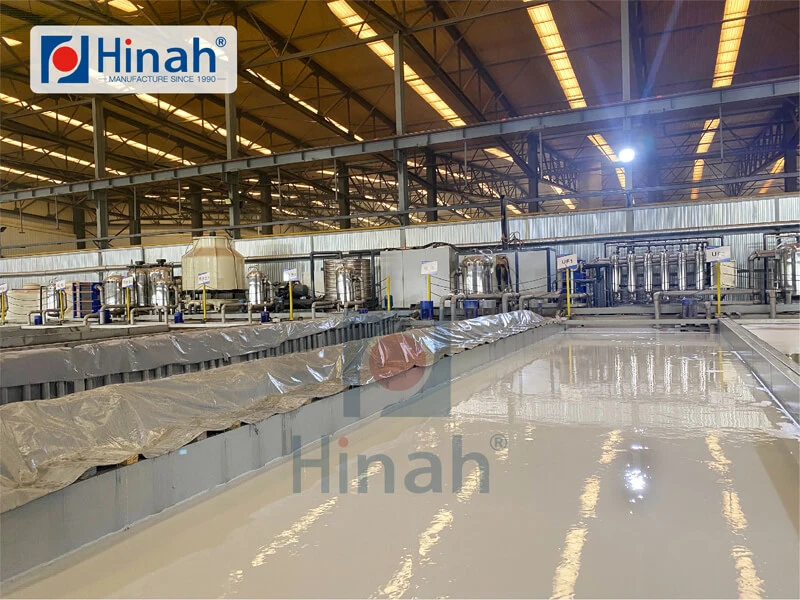In the world of industrial finishing and metal fabrication, the powder coating batch oven is an indispensable piece of equipment. It represents the final, critical step where a durable, high-quality finish is cured onto a product. Whether you are a small custom shop looking for a powder coating batch oven for sale or a large-scale operation involved in powder coating manufacturing, understanding this technology is paramount. This comprehensive guide delves into the intricacies of the batch type powder coating oven, explores the powder coating chemical process, and provides insights for those considering a powder coating oven build. We will also cover common application on metal and address frequent challenges faced by operators.
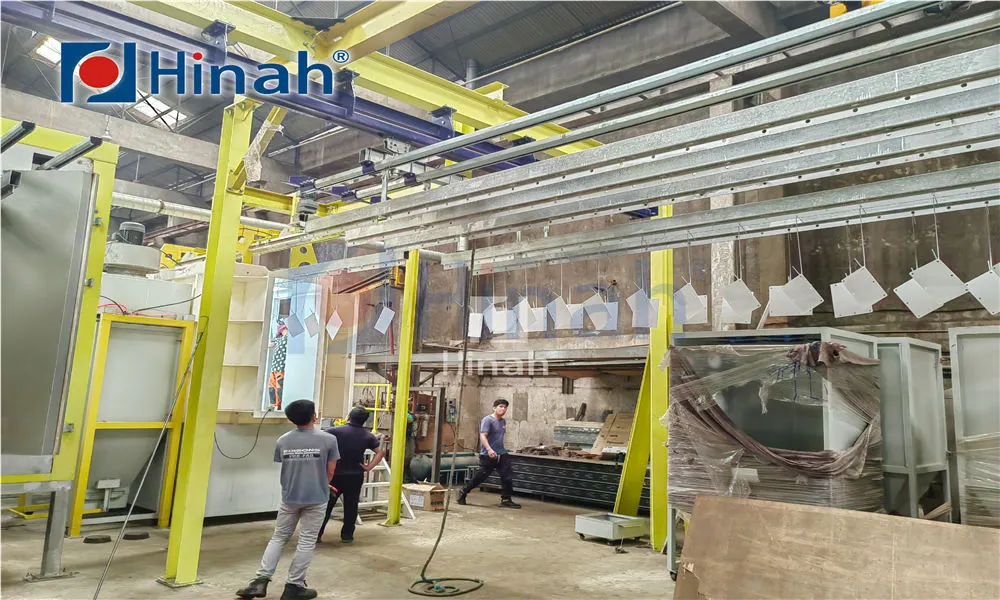
What is a Powder Coating Batch Oven?
A powder coating batch oven, often referred to as a batch type powder coating oven, is an industrial oven designed to cure powder-coated products in batches, as opposed to a continuous conveyorized system. These ovens are typically used for lower-volume production, large or oddly shaped parts, and custom jobs. The process involves loading a rack of parts into the oven, heating them to a specific temperature for a set time to melt and cure the powder into a smooth, hard finish, and then unloading them after the cycle is complete.
Their versatility and relatively lower initial investment make them a popular choice for many businesses involved in applying powder coating on metal.
The Powder Coating Chemical Process: From Powder to Finish
Understanding the powder coating chemical process is key to appreciating the role of the oven. Powder coating is a dry finishing process where a finely ground mixture of polymer resins, pigments, curatives, flow modifiers, and other additives is electrostatically sprayed onto a grounded metal part. The charged particles adhere to the surface.
The real magic, however, happens inside the powder coating batch oven. The heat initiates a two-part chemical reaction:
Melting and Flow: The oven's heat causes the powder particles to melt, coalesce, and flow into a uniform liquid film across the part's surface.
Cross-Linking (Curing): Once the melt point is reached, the heat triggers the cross-linking reaction. The polymer chains in the powder form strong, irreversible chemical bonds (covalent bonds) with each other. This process, known as curing, transforms the liquid film into a high-performance, durable, and continuous polymer coating.
The precise temperature and time required for this powder coating chemical process are dictated by the powder's formulation and are critical for achieving optimal properties like gloss, hardness, adhesion, and corrosion resistance.
Key Considerations for Powder Coating on Metal
Applying powder coating on metal is the most common application, but success depends on several factors beyond just the curing oven:
Metal Preparation: This is arguably the most crucial step. The metal surface must be immaculately clean and properly treated to ensure adhesion. This typically involves a multi-stage process of cleaning, rinsing, etching (often with phosphate or chromate conversion coatings), and final rinsing to remove any oils, dirt, rust, or mill scale.
Electrical Grounding: For the electrostatic application to work, the metal part must be properly grounded. A poor ground leads to inefficient powder attraction and uneven coverage.
Part Geometry: Complex parts with deep recesses or faraday cage areas can be challenging to coat evenly. This may require specialized application techniques or gun settings.
The batch type powder coating oven must then be capable of heating the entire part, including these complex geometries, evenly to ensure complete curing without hot or cold spots.
Powder Coating Manufacturing: The Role of Batch Ovens
In powder coating manufacturing, the choice of curing equipment significantly impacts throughput, quality, and operational cost. Batch ovens offer distinct advantages in certain manufacturing scenarios:
Flexibility: They can accommodate a wide variety of part sizes and shapes in the same run, from small brackets to large machinery frames.
Lower Volume Efficiency: For job shops or manufacturers with diverse, low-to-medium volume production, a powder coating batch oven is far more economical than installing a continuous conveyorized curing line.
Process Control: Modern batch ovens come with sophisticated programmable logic controllers (PLCs) that allow operators to save precise recipes for time and temperature for different products and powder types, ensuring repeatable quality.
When evaluating a powder coating batch oven for sale, manufacturers must consider their specific production needs, available floor space, and energy sources (natural gas, electric, propane).
How to Build a Powder Coating Oven: A DIY Guide
For hobbyists or very small startups, purchasing a new industrial oven might be cost-prohibitive. This leads many to consider a DIY powder coating oven build.
Important Note: Building an industrial oven involves working with high temperatures and electrical components. It should only be attempted by individuals with significant electrical and construction knowledge and a strict adherence to safety protocols.
Key components and steps for a powder coating oven build include:
Insulated Enclosure: The oven body is typically built from metal sheets (often steel) with high-temperature insulation sandwiched in between. Mineral wool (rock wool) or fiberglass insulation are common choices.
Heat Source: The two main options are electric heating elements or gas burners. Electric is more common for DIY builds due to easier control and installation, though it can be more expensive to operate. Gas requires careful venting and safety systems to handle combustion gases.
Air Circulation System: Even heat distribution is critical. This is achieved by using a high-temperature fan (blower) and strategically placed baffles to force heated air throughout the chamber, preventing stagnant cold spots.
Control System: A simple thermostat can work, but a PID (Proportional-Integral-Derivative) controller is highly recommended. It provides precise temperature control and can help minimize temperature overshoot, which is crucial for a consistent powder coating chemical process.
Safety Features: These are non-negotiable. They must include over-temperature protection (a separate high-limit thermostat), proper grounding of all electrical components, and adequate ventilation.
While a DIY powder coating oven build can save money, it requires careful planning. For most businesses, seeking a professional powder coating batch oven for sale is a safer and more reliable option.
What to Look for in a Powder Coating Batch Oven for Sale
When searching for a powder coating batch oven for sale, whether new or used, evaluate the following specifications:
Size/Internal Dimensions: Ensure it can comfortably fit your largest anticipated parts, including room for air circulation.
Temperature Range: Most powders cure between 300°F and 450°F (149°C - 232°C). Your oven must reliably reach and maintain this range.
Heat Source: Electric vs. Gas. Electric ovens are cleaner and easier to control, but often have higher operating costs. Gas ovens are cheaper to run but have higher installation costs and require venting.
Airflow Design: Look for a "recirculating" or "convection" oven with a designed airflow pattern (e.g., horizontal, vertical, or combination) to ensure uniform temperature.
Control System: A digital PID controller with programmable recipes is a significant advantage for repeatability.
Construction Quality: Look for robust steel construction, high-quality insulation, and durable heating elements and fans.
Safety Certifications: Ensure the oven is built to relevant safety standards (e.g., UL, CSA).
Energy Efficiency: Features like well-sealed doors and good insulation will reduce long-term operating costs.
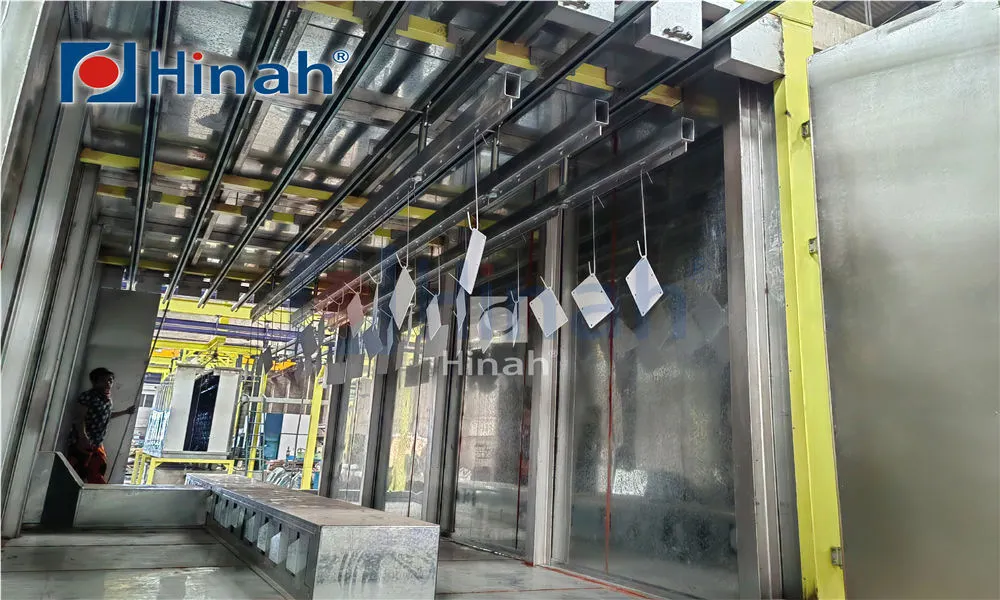
Common Problems with Powder Coating Batch Ovens
Even the best equipment can encounter issues. Here are some common problems associated with batch type powder coating oven operations:
Temperature Inconsistency (Hot/Cold Spots):
Cause: Failed heating elements, malfunctioning or unbalanced fans, poor airflow design, insufficient insulation, or overloading the oven.
Solution: Verify element function, check fan operation, use an oven thermometer to map temperature zones, and avoid blocking airflow with parts.
Incomplete Curing:
Cause: Oven temperature too low, cure time too short, or the oven is overloaded, preventing parts from reaching the required temperature.
Solution: Calibrate the oven thermostat, verify the cure time according to the powder data sheet, and reduce the load size.
Yellowing of White or Light Colors:
Cause: This is often due to overheating or a dirty oven environment where volatiles from previous cures contaminate the new finish.
Solution: Avoid excessive temperatures and times. Regularly clean the oven interior to remove powder overspray and contaminants.
Poor Energy Efficiency / Long Heat-Up Times:
Cause: Inadequate insulation, failing elements, or an undersized oven for the required workload.
Solution: Check the condition of insulation and heating elements. Ensure the oven is appropriately sized for your typical batch.
Control System Malfunctions:
Cause: Faulty sensors (thermocouples), PID controller errors, or electrical issues.
Solution: Regularly calibrate temperature sensors and have a qualified technician service the control system.
The powder coating batch oven is the heart of a successful finishing line, responsible for transforming applied powder into a tough, resilient, and attractive coating. From understanding the complex powder coating chemical process that occurs inside to making an informed decision when looking for a powder coating batch oven for sale, knowledge is power. Whether your operation is suited for a standard batch type powder coating oven or you're a hobbyist contemplating a custom powder coating oven build, prioritizing proper size, uniform heating, and precise controls is essential. By recognizing and proactively addressing common problems, you can ensure your powder coating on metal operations run smoothly, efficiently, and produce a flawless product every time, solidifying your reputation in the competitive world of powder coating manufacturing.


